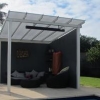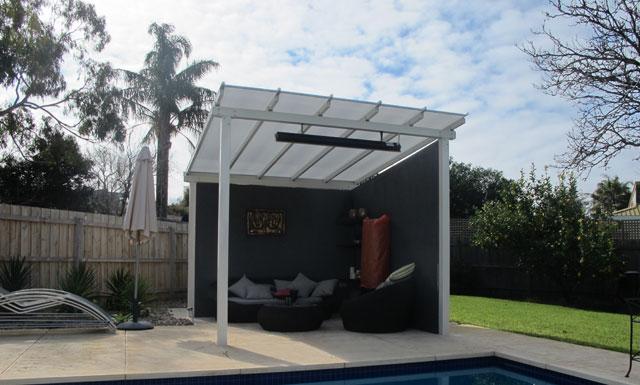
A Guide To Basic Pergola Designs In Melbourne
By Lightandspace|November 19, 2013
Many homeowners are choosing to erect a pergola in their backyards because they are highly effective in providing shade over walkways, entertainment or relaxation areas. They are usually freestanding structures but can be built as extensions to an existing building if you so desire. If you are interested in the basics of pergola design in Melbourne, you’ve come to the right place!

When it comes to putting together a pergola design in Melbourne for your backyard, it is important that you have considered each of the above elements, as they are important to the structure actually standing. Once you have decided how the posts, support and roof members will be constructed, you can focus on those decorative features that will tie the whole look together.

- Posts or Pillars
Anywhere from 4 to 12 posts can be required, depending on the length of the pergola. The most common post material is 4-by-4 inch lumbar (either pressure-treated wood, cedar or redwood). Other materials that could be used include: bricks, mortared stones, natural logs and cement (which is poured into tubular forms).
- Support
The posts will require support to ensure that they stand up straight and that they can bear the weight of the top materials. Usually, the posts are sunk a few feet into the ground (on a gravel base and surrounded by cement). You could also use mortared brick or stone and flexible pipe or wire (which is supported by footings).
- Roof Members
Cross members makes up the top of the pergola; they can be slim 1-by-1 inch lengths of lumbar, 2-by-4 inch boards or 2-by-6 inch boards embellished with scrollwork. Common beam materials include sapling trees, rounded logs split in half, lattice or even formed cement. This is where you train vines and plants to grow.
- Decorative Features
Most pergola designs form simple structures that act as backdrops for foliage or other scenic areas. The addition of decorative features, however, can make the structure really stand out. Paint it white, hang drapery, undertake millwork on the posts, include built-in seating or gracefully arch the roof members.
When it comes to putting together a pergola design in Melbourne for your backyard, it is important that you have considered each of the above elements, as they are important to the structure actually standing. Once you have decided how the posts, support and roof members will be constructed, you can focus on those decorative features that will tie the whole look together.

